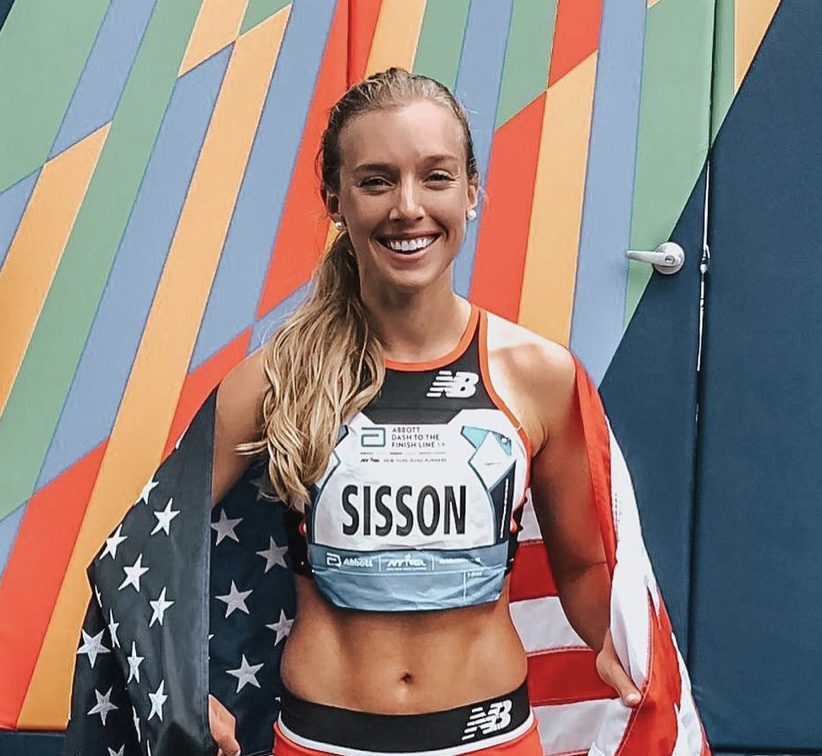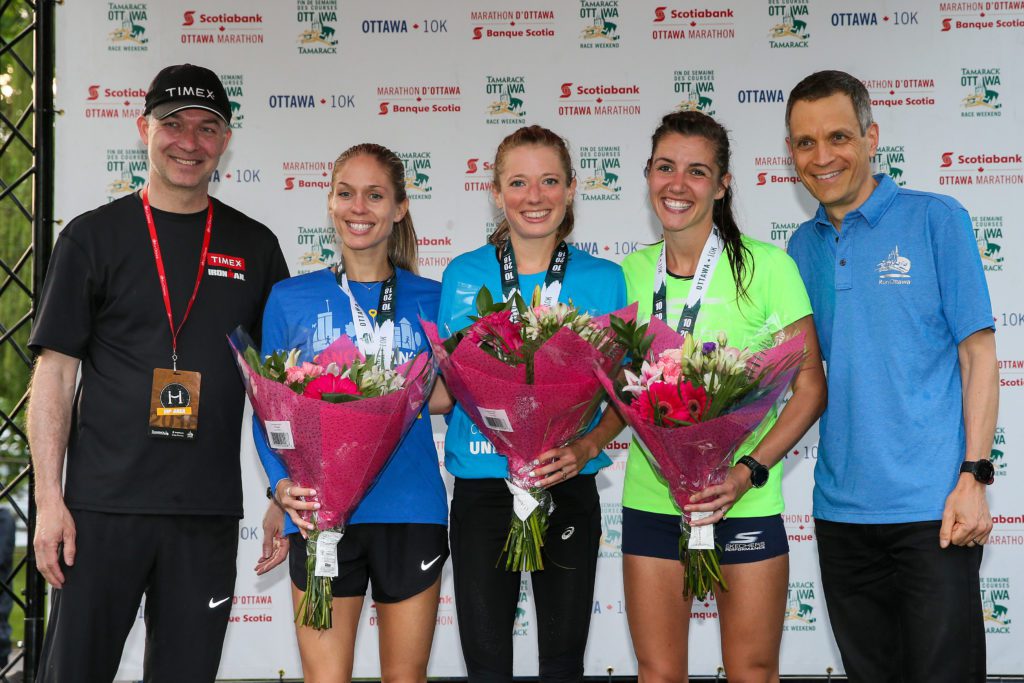Does marathon training kill your speed?
If North America's most successful female marathoners are any indication, moving up to the marathon doesn't have to mean sacrificing speed at shorter distances

It’s a subject of endless debate among runners–if you move up to the marathon, can you kiss your speed goodbye?
If you consider the results of the recent USATF championships and Canadian national track championships, the answer seems to be no. Rachel Cliff, who holds the Canadian marathon and half-marathon records (at 2:26:56 and 1:10:08), made a return to the track for Canadian nationals this weekend, racing the 5,000m and finishing with a bronze medal. She had already run world championship standard in the distance, and, not wanting to miss out on the summer track season, she passed up the offer to represent Canada in the marathon to gamble that she might get to race the 5,000m in Doha. (Team Canada will be announced August 26. Meanwhile, Cliff will compete at the Pan Am Games in Lima, Peru next week.)

“The marathon gives you real confidence in your strength, but your speed can suffer…” Cliff admits. “I can’t go out too hard any more, but I am very confident in my ability to hold a pace.”
RELATED: Rachel Cliff on going from the marathon back to the track
And if you look at what happened in Des Moines, Iowa at USA’s this weekend, it’s a similar story–Molly Huddle, Emily Sisson, Kellyn Taylor and Stephanie Bruce, the top four finishers in the 10,000m, are all accomplished marathoners. (Granted, Sisson has only one marathon under her belt, but it was the second-fastest marathon debut by an American woman.) Huddle has won an astounding 28 US titles in everything from the 5,000m to 20K, and since “moving up” to the marathon in 2018, she has won US titles in both the 10K and the 15K.
Full list of @MollyHuddle's 28 USA titles:
5000m: 2011, 2014, 2016
10,000m: 2015, 2016, 2017, 2018, 2019
5 km: 2010, 2012, 2013, 2014, 2015, 2017
10 km: 2008, 2009, 2010, 2015
7 mi.: 2009, 2014
12 km: 2013, 2014, 2015
15 km: 2018
10 mi. 2009, 2015
20 km: 2014, 2015
?@d9monti pic.twitter.com/GFQFepyoFW— David Monti (@d9monti) July 26, 2019
Kellyn Taylor has been focused on the marathon since running the seventh fastest time by an American woman at her debut (at age 31) at Grandma’s in Duluth, Minnesota last year.
Clearly, for various reasons, these athletes are focused on staying competitive on the track as well as the road, largely because it’s what they know. And granted, these are elite, professional athletes who spend most of their time training, and they know how to tailor their training to suit whatever goal is next on their calendar.
Marathon training kills your speed and other lies
— Jesse Squire (@tracksuperfan) July 26, 2019
What recreational runners may not realize is that the weekly volume for many elite track runners focused on short distances like 5,000m (or even as short as 1,500m) is comparable to that of a serious recreational marathoner, i.e. upwards of 85K–and they obviously can’t do a lot of that mileage fast, at least not if they want to remain healthy. Volume alone can be very beneficial for shorter races. (M70 marathoner Gene Dykes is an avid ultrarunner, and most would agree that his success on the marathon course is because of this, not in spite of it.)
RELATED: The easiest way to become a faster runner
The bottom line for recreational marathoners may be that regular weekly workouts of short, fast intervals will help you stay quick at the shorter distances, as will the occasional short race. For regular mortals who have families and jobs (and who don’t have sponsorships), it’s not easy, but it doesn’t require any major changes in your training. Tacking some strides onto the end of one of your easy weekly workouts will go a long way towards helping maintain your speed at shorter distances. So don’t worry that increased volume will hurt your speed at shorter distances. It’s just not true.


